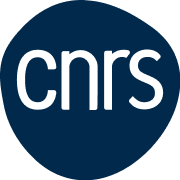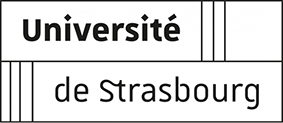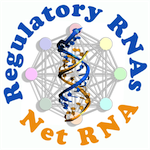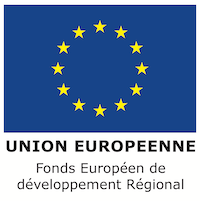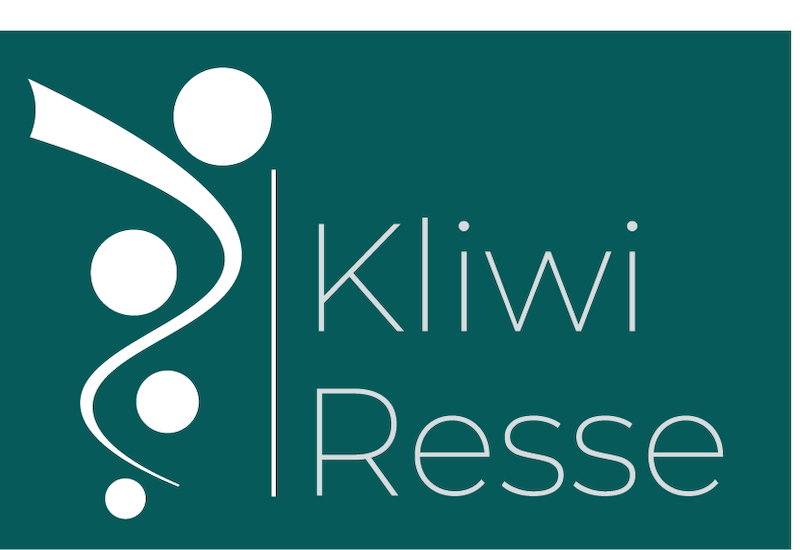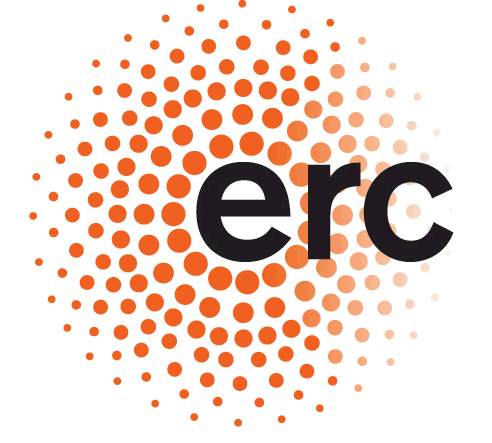Team: tRNA biogenesis and translation
Team leader: Philippe GIEGE
Email: philippe.giege@ibmp-cnrs.unistra.fr
PhD supervisor: Benoît CASTANDET
Email: benoit.castandet@u-paris.fr
The goal of the PhD is to fill a knowledge gap in chloroplast RNA quality control (QC). Transcriptomics data suggest that the full chloroplast genome is transcribed, which, coupled to inefficient termination, leads to a highly complex primary transcriptome. Moreover, it is now clear that chloroplast also possess abundant non coding RNAs (ncRNAs) that can form RNA duplexes with genic transcripts (dsRNA) although the amplitude and biological meaning are unknown. The chloroplast therefore relies on RNA quality control (QC) to sort through this initial transcript pool for those segments to be preserved and in some cases subdivided, while the remainder is rapidly degraded. It is performed by an assortment of ribonucleases (RNases) described to have low sequence specificity. One poorly understood aspect of chloroplast gene expression and regulation is the functions of asRNAs and more globally double-stranded RNA-related processes. We have recently showed that at least two ribonucleases, PNPase and RNaseJ, have a major role in maintaining the sense/antisense RNA homeostasis. One important role is to eliminate deleterious antisense RNA that could harm translation. The project aims to (1) identify the full set of RNA-RNA duplexes in various RNases mutants and environmental stress conditions and (2) identify and initiate the characterization of new proteins factors involved in dsRNA metabolism.
Methods: In the frame of an ANR project, our team has recently developed a complete analytical pipeline allowing the systematic monitoring of sense, antisense and double stranded RNA in the chloroplast. A combination of Illumina and Nanopore sequencing associated to the DiffSegR bioinformatics tool will be used to identify the different transcripts isoforms in the ribonucleases mutants and under stress conditions. The dsRNA metabolism will be studied thanks to the specific dsRNA antibody J2. We recently used it to develop a dsRIP-Seq assay and the abundance and localization of dsRNA in vivo will be monitored by immunolocalisation in confocal microscopy. Finally, proteins co-purifying with dsRNA will be identified though MS and promising candidates will be characterized using classical reverse genetic approaches.
Keywords: Chloroplast, Arabidopsis, RNA quality control, RNases, RNA-Seq, Nanopore, double stranded RNA
Relevant publications:
– Delannoy E, Liehrmann A, Castandet B. The use of nanopore sequencing to analyze the chloroplast transcriptome bioinformatics analyses and virtual RNA blots. Methods Mol Biol. 2024; 2776:259-267.
– Liehrmann A*, Delannoy E, Launay-Avon A, Gilbault E, Loudet O, Castandet B*, Rigaill G*. DiffSegR: An RNA-Seq data driven method for differential expression analysis using changepoint detection. NAR Genom and Bioinform, 2023, Nov 6; 5(4):lqad098. *co corresponding authors
– MacIntosh GC and Castandet B. Organellar and secretory ribonucleases, major players in RNA homeostasis. Plant Physiology. 2020; 183(4):1438-1452.
Why Choose IBMP?
- State-of-the-art facilities in molecular biology, genomics, and imaging.
- A vibrant international community of researchers.
- Opportunities to address global challenges in plant science, from climate change to food security.
📅 Application Deadline: January 2025
🌐 More Details and How to Apply: https://imcbio-phdprogram.unistra.fr
Join us at IBMP and shape the future of plant science!
